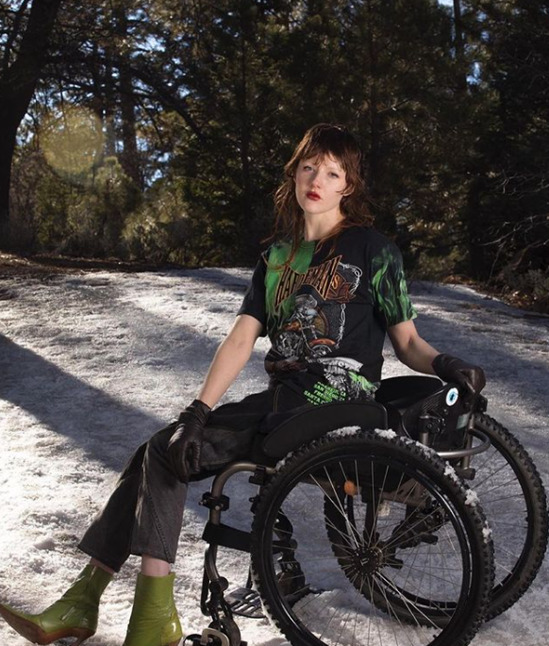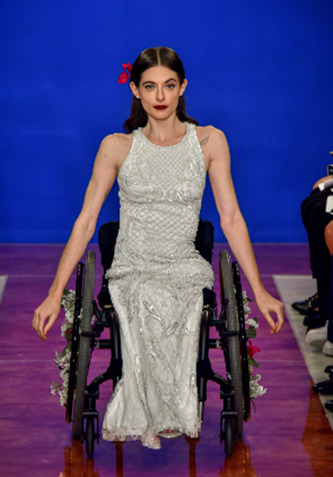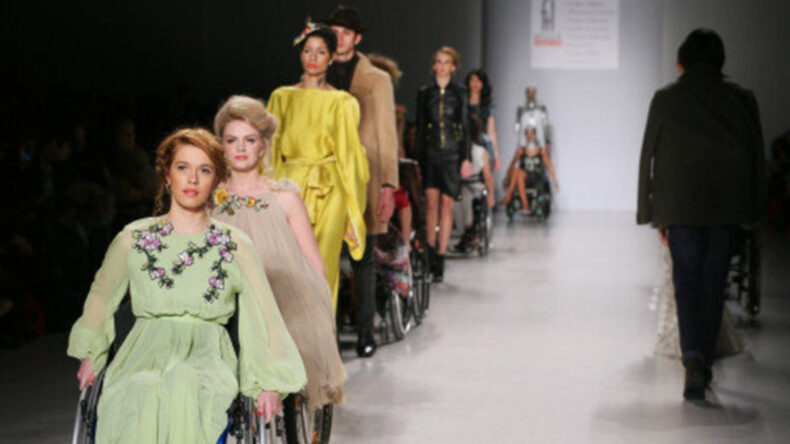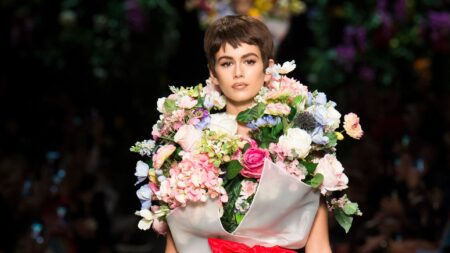In the pursuit of self-expression, the fashion industry often seems more concerned with shielding itself from perceived ugliness rather than embracing true beauty. While progress has been made in diversifying casting by including “curve,” POC, and trans models as figures of aspiration, the presence of models with visible disabilities remains noticeably absent from high-end runways. Instead, they are often relegated to tokenistic appearances in lingerie line-ups. True inclusivity should not be selective but encompass all individuals, emphasizing the need for radical change in the industry.
Fashion is not immune to the prevailing structures of our time, and there are clear objections to showcasing clothing on non-normative bodies. Challenging the hegemonic beauty standards rooted in our collective consciousness since Greco-Roman times, the idea that someone in a wheelchair could be as desirable as a supermodel threatens the industry. Astonishingly, disabled people make up a mere 0.02 percent of those featured in fashion campaigns. Model and artist Emily Barker notes, “Brands are scared because it’s unfamiliar… We aren’t a priority.” Disability continues to be at the bottom of the list when it comes to inclusivity, even as designers improve in terms of size, race, and gender representation.
The barriers faced by disabled models are not solely ideological; logistical and financial requirements also dissuade designers from making the necessary efforts. modeling agency questions whether there is wheelchair access. Are the changing rooms big enough? Will an interpreter be there to help with communication? I want to get it to the point where casting teams or clients treat access requirements like dietary requirements etc. Model Emily Barker has experienced a bit of struggling with accessibility and discrimination, such as difficulties in finding suitable accommodations and facing verbal assault in public spaces.

Despite the hurdles, there are individuals and casting directors working towards change. Emma Matell, a casting director, feels the importance of research and ethical casting, Matell questions why it is still accepted to showcase fashion on a single body type. Matell’s collaboration with designer Sinéad O’Dwyer sets an example by prioritizing inclusive casting, considering pronouns, comfort levels with showing skin, and maintaining transparency throughout the process.
For designers, the challenge lies in ensuring that the clothing actually fits diverse bodies. The rise of bigger-bodied models has sometimes resulted in poorly-made garments that fail to flatter. It should take a different approach, fitting clothes to the model rather than the other way around. Understanding that clothes fit differently on individuals using wheelchairs, designers need to exercise care and consideration to create flattering and appealing designs for disabled models.

The casting of first-time model Naadirah Qazi demonstrates a more progressive approach to inclusion. Rather than relying solely on established ambassadors, true progress should involve empowering a wider range of individuals. While ambassadors like Ashley Graham, Andreja Pejic, and Aaron Philip have made important strides, they often remain isolated from the everyday lives of their community, shielded by wealth and celebrity status. Financial challenges further compound the difficulties faced by disabled creatives, as they often struggle to find affordable accommodations and may lose access to vital support systems when engaging in paid work.
Despite the ongoing challenges, there is room for hope. Models should remain positive, noting an increase in the number of disabled models featured in advertising over the past five years. With emerging designers and agencies advocating for inclusivity in the Fashion industry.













